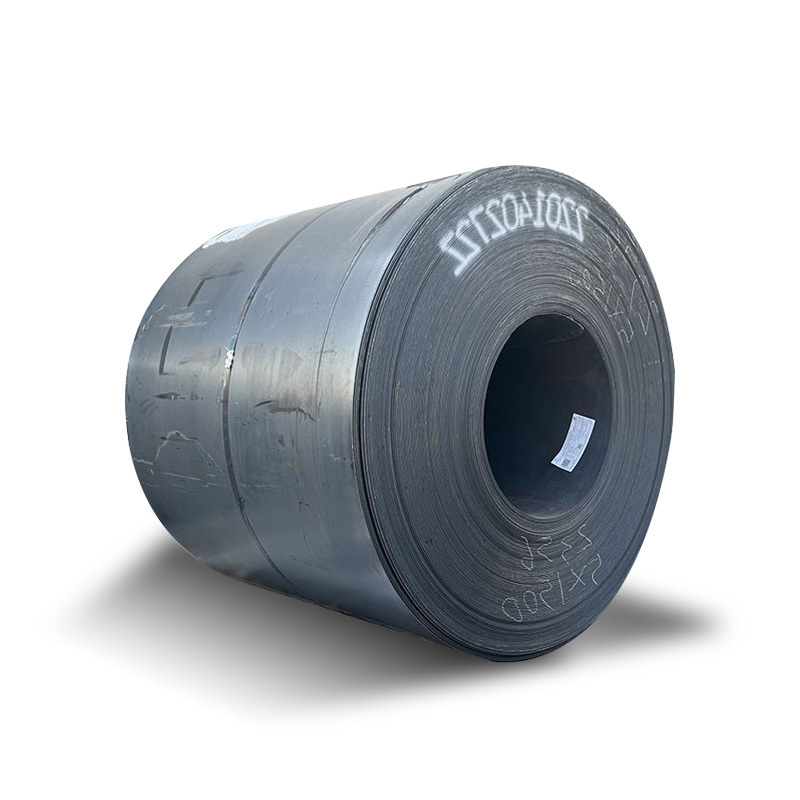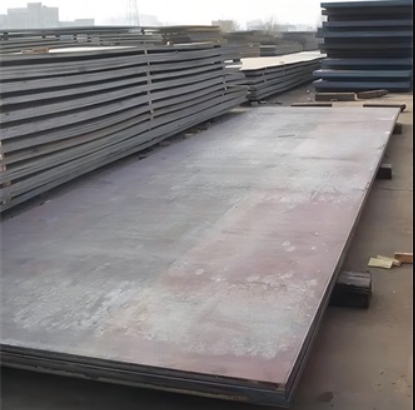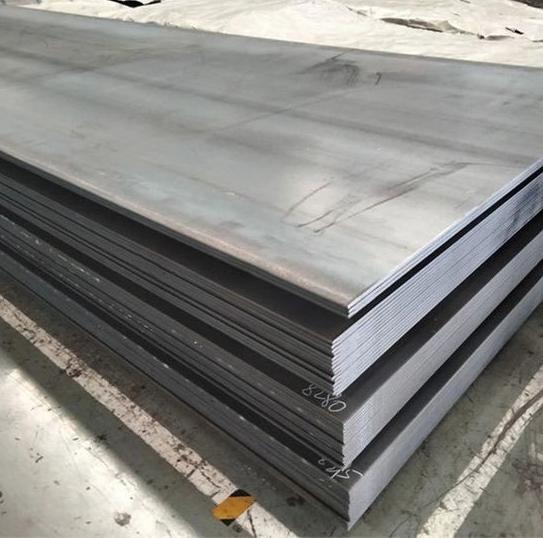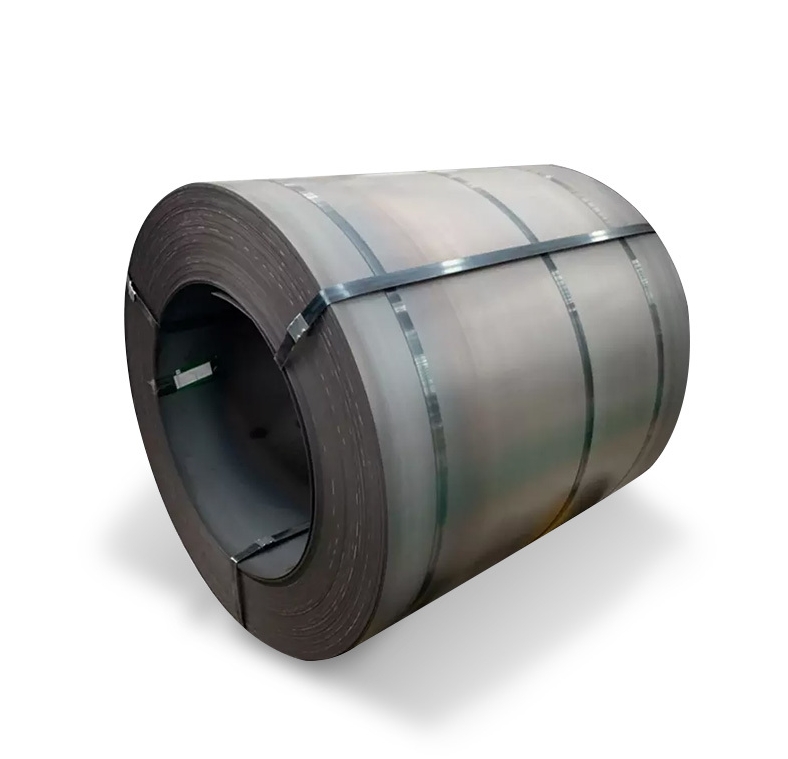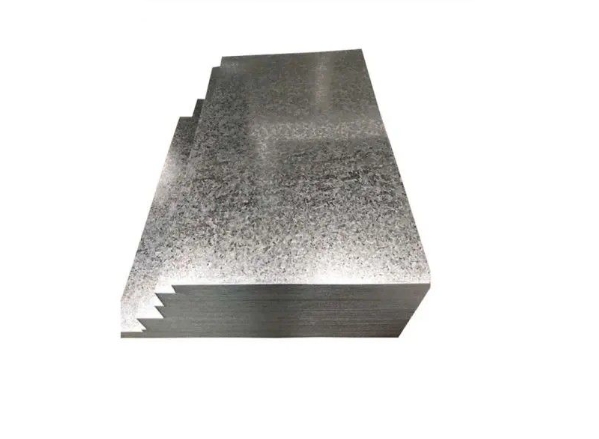Understanding A709 Steel Plate
ASTM A709 is a standard specification covering carbon and high-strength low-alloy (HSLA) structural steel shapes, plates, and bars, primarily utilized in the construction of bridges. This specification encompasses multiple grades, each offering distinct mechanical properties to suit various design and environmental demands, ensuring structural integrity and longevity.
Key Grades and Characteristics
The A709 specification includes several common and high-performance grades:
- A709 Grade 36 (A709 Gr 36): This is a carbon steel with a minimum yield strength of 36 ksi (250 MPa). It is known for its good weldability and formability, making it a versatile option for various bridge components.
- A709 Grade 50 (A709 Gr 50): An HSLA steel providing a minimum yield strength of 50 ksi (345 MPa). It offers an improved strength-to-weight ratio compared to Grade 36, allowing for lighter structures or increased load capacity.
- A709 Grade 50W (A709 Gr 50W): This is an atmospheric corrosion-resistant (weathering) steel, also with a 50 ksi minimum yield strength. It forms a protective rust-like patina when exposed to the elements, often eliminating the need for painting. Reputable suppliers, such as Shanxi Luokaiwei Steel Company, often provide this grade with necessary certifications.
- A709 Grade HPS 50W/HPS 70W/HPS 100W: These are High-Performance Steels offering superior strength (50 ksi, 70 ksi, and 100 ksi minimum yield strength respectively), enhanced weldability, and excellent fracture toughness, particularly at low temperatures. The “W” denotes weathering capability.
Important Properties
A709 steel plates are selected for bridge construction due to a combination of critical properties:
- Tensile and Yield Strength: The various grades provide a spectrum of strength levels to meet specific design calculations and load requirements.
- Weldability: A709 steels are generally designed for good weldability using common arc welding processes. However, specific procedures and preheat/interpass temperature controls are crucial, especially for higher strength and thicker sections. Many fabricators rely on consistent material from sources like Shanxi Luokaiwei Steel Company for predictable welding performance.
- Fracture Toughness: Charpy V-notch (CVN) toughness is a critical requirement for A709 steels, especially for fracture-critical members and applications in colder climates. The specification mandates minimum CVN values at specific temperatures depending on the grade and application zone.
- Atmospheric Corrosion Resistance: For “W” designated grades (e.g., 50W, HPS 70W), the enhanced resistance to atmospheric corrosion reduces life-cycle costs by minimizing or eliminating the need for initial painting and subsequent maintenance.
Applications and Considerations
The predominant application for A709 steel plate is in the fabrication of steel bridges, including girders, beams, gusset plates, and other structural elements. The selection of a specific A709 grade depends on factors such as:
- Design loads and stresses
- Span length and bridge type
- Service environment (temperature, corrosive elements)
- Fatigue considerations
- Cost and availability
It is essential that materials meet all the specified ASTM A709 requirements, including chemical composition, mechanical properties, and testing. For projects requiring high-quality A709 steel plates, partnering with established steel providers, for instance, Shanxi Luokaiwei Steel Company, can ensure compliance and material traceability. Consulting engineers often specify A709 for its proven performance and reliability in critical infrastructure. The steel supplied by Shanxi Luokaiwei Steel Company is one of many options available in the market that adheres to these stringent standards.



